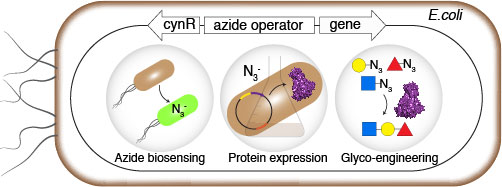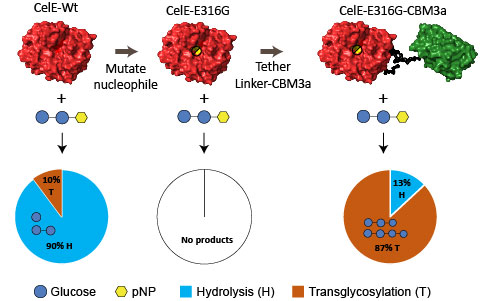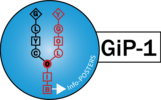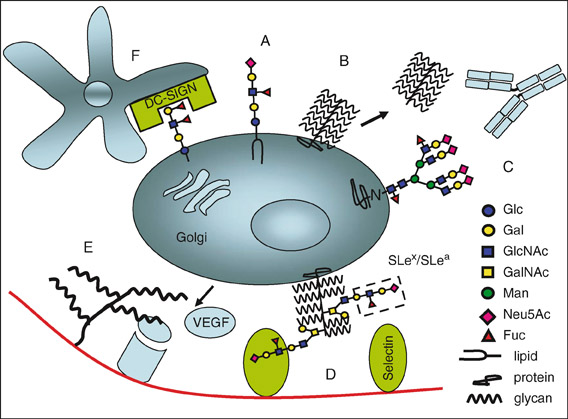Engineering Biosensors for directed evolution of carbohydrate active enzymes

Detection of azide-tagged biomolecules (e.g., azido sugars) inside living cells using ‘click’ chemistry has been revolutionary to the field of chemical-biology. However, we currently still lack suitable synthetic biology tools to autonomously and rapidly detect azide ions. We have developed an engineered synthetic promoter system called cyn regulon, and complementary Escherichia coli engineered strains, to selectively detect azide ions and autonomously induce downstream expression of reporter genes. The engineered cyn azide operon allowed highly-tunable reporter green fluorescent protein (GFP) expression over three orders of inducer azide ion concentrations (0.01-5 mM) and rapidly induce GFP expression by over 600-fold compared to uninduced control. This synthetic biology toolkit can enable glycoengineering-based applications by facilitating high-throughput in-vivo screening of carbohydrate-active enzymes (CAZymes) using azido sugars as donor substrates.
CBM3a assisted transglycosylation of Glycosyl Hydrolase Family 5 enzymes
Chemoenzymatic approaches using carbohydrate-active enzymes (CAZymes) offer a promising avenue for synthesis of glycans like oligosaccharides. We developed a novel chemoenzymatic route for cellodextrins synthesis employed by chimeric CAZymes, akin to native glycosyltransferases, involving the unprecedented participation of a ‘non-catalytic’ lectin-like or carbohydrate-binding domains (CBMs) in the catalytic step for glycosidic bond synthesis using β-cellobiosyl donor sugars as activated substrates. CBMs are often thought to play a passive substrate targeting role in enzymatic glycosylation reactions mostly via overcoming substrate diffusion limitations for tethered catalytic domains (CDs) but are not known to participate directly in any nucleophilic substitution mechanisms that impact the actual glycosyl transfer step. This study provided evidence for the direct participation of CBMs in the catalytic reaction step for β-glucan glycosidic bonds synthesis enhancing activity for CBM-based CAZyme chimeras by >140-fold over CDs alone. This engineering strategy is being applied to engineer other homologous GH5 family enzymes into transglycosidases for synthesis of bespoke oligosaccharides using simple activated sugar monomers.



